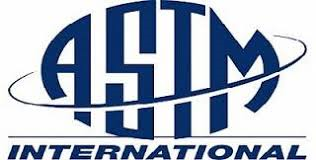Chemycal has been acquired by 3E
Learn MoreChemycal has been acquired by 3E
Learn MoreDiscover how Chemycal PRO helps you boosting your regulatory monitoring:

Talking to a member of the committee on mechanical testing (E28) — which celebrates its 50th anniversary this year — is an education about something essential to structures we often take for granted: the bridges we cross, the buildings we work or live in, the parts in our cars and aircraft, and much more. That something is metal.
Before metal becomes part of a car, plane, building, or bridge, it has been through a lot. And along the way to becoming an engine or a beam, the metal has been tested over and over. These tests measure the metal’s essential properties and its readiness for its purpose. One of these properties is hardness.
“Hardness testing is probably the most used test for acceptance testing and process control for metallic materials and products. It’s fast and it’s cheap, and it doesn’t destroy the product to test it,” says Samuel R. Low, materials research engineer in the Mechanical Performance Group at the U.S. National Institute of Standards and Technology. He’s also chair of the subcommittee on indentation hardness testing (E28.06), which is part of E28. “Pretty much any metal that’s going out to a customer or coming in to a company will be hardness tested.”
CONTINUE READING ON www.astm.org
2013 © MyChemicalMonitoring. ALL Rights Reserved. About Us | Terms and Conditions